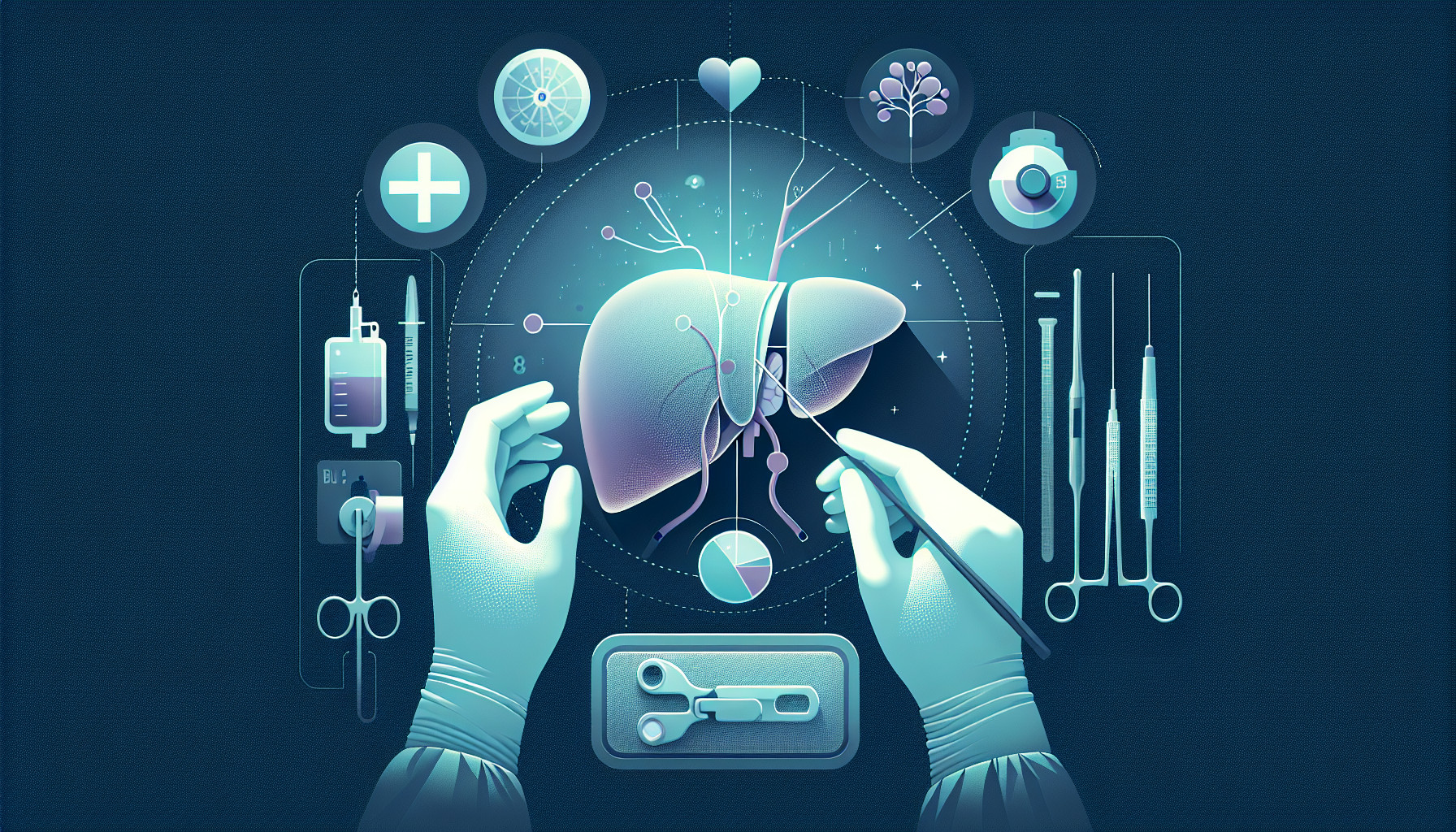Our Summary
This research paper talks about a growing trend of children developing allergic conditions such as food allergies, asthma, eczema, and certain digestive disorders after receiving a liver transplant. These allergic reactions can range from mild to severe, and can show up anywhere from a few months to a few years after the transplant. The paper aims to discuss the range of these new-onset food allergies post-transplant, look into the current theories on why this happens, identify risk factors, and propose potential ways to manage this issue.
FAQs
- What are some of the allergic conditions children may develop after a liver transplant?
- What is the range of the new-onset food allergies children can get post-transplant?
- What are the possible risk factors and proposed management solutions for post-transplant allergies in children?
Doctor’s Tip
One helpful tip a doctor might tell a patient about pediatric liver transplant is to closely monitor the child for any signs of new-onset food allergies or allergic reactions post-transplant. It is important to promptly report any symptoms such as hives, itching, swelling, difficulty breathing, or gastrointestinal issues to the medical team for further evaluation and management. It is also important to follow a strict medication regimen, attend regular follow-up appointments, and maintain a healthy lifestyle to support the success of the transplant.
Suitable For
Pediatric liver transplant patients who are at higher risk for developing allergic conditions post-transplant include those who have a history of allergic conditions or autoimmune disorders prior to the transplant, as well as those who receive a liver transplant for conditions such as biliary atresia, autoimmune hepatitis, or metabolic disorders. Additionally, patients who undergo liver transplant at a younger age or have a longer duration of immunosuppressive therapy may also be at increased risk for developing new-onset food allergies.
It is important for healthcare providers to be aware of the potential for allergic reactions in pediatric liver transplant patients and to closely monitor for symptoms of allergic conditions. Early recognition and management of these allergies is crucial in order to prevent complications and improve the overall outcomes of these patients.
In conclusion, pediatric liver transplant patients are at risk for developing new-onset food allergies post-transplant, and healthcare providers should be vigilant in monitoring for these allergic reactions. Further research is needed to better understand the underlying mechanisms of these allergies and to develop effective management strategies.
Timeline
Before pediatric liver transplant:
- Patient is diagnosed with a severe liver disease that cannot be treated effectively with medication or other interventions
- Patient undergoes extensive medical evaluations to determine if they are a suitable candidate for a liver transplant
- Patient is placed on a waiting list for a suitable donor liver
- Patient undergoes surgery to receive a liver transplant
After pediatric liver transplant:
- Patient is closely monitored in the intensive care unit for complications and signs of rejection
- Patient is prescribed immunosuppressant medications to prevent rejection of the new liver
- Patient undergoes regular follow-up appointments to monitor liver function and overall health
- Patient may experience allergic reactions post-transplant, such as food allergies, asthma, eczema, or digestive disorders
- Patient may require additional medical interventions or dietary modifications to manage these new-onset allergic conditions
Overall, the timeline for a patient before and after a pediatric liver transplant involves a complex and intensive process of evaluation, surgery, monitoring, and ongoing care to ensure the success of the transplant and the overall health of the patient.
What to Ask Your Doctor
What are the potential risks and complications associated with pediatric liver transplant surgery?
How long is the recovery process for a pediatric liver transplant and what can we expect in terms of follow-up care?
Are there any specific dietary restrictions or medications that need to be followed post-transplant to prevent allergic reactions?
What are the signs and symptoms of allergic reactions that we should be aware of as parents/caregivers?
Are there any specific tests or screenings that should be done regularly to monitor for new-onset food allergies or other allergic conditions post-transplant?
What are the current theories or reasons behind why children may develop new-onset food allergies after a liver transplant?
Are there any known risk factors that may increase the likelihood of developing allergic conditions post-transplant?
How can we proactively manage and potentially prevent new-onset food allergies in our child post-transplant?
Are there any support groups or resources available for families dealing with allergic reactions post-liver transplant?
What is the long-term outlook for children who develop new-onset food allergies post-transplant, and how can we best support our child’s overall health and well-being in light of this potential complication?
Reference
Authors: Mori F, Giovannini M, Barni S, Trapani S, Indolfi G. Journal: J Pediatr Gastroenterol Nutr. 2022 Feb 1;74(2):175-179. doi: 10.1097/MPG.0000000000003344. PMID: 34724446
